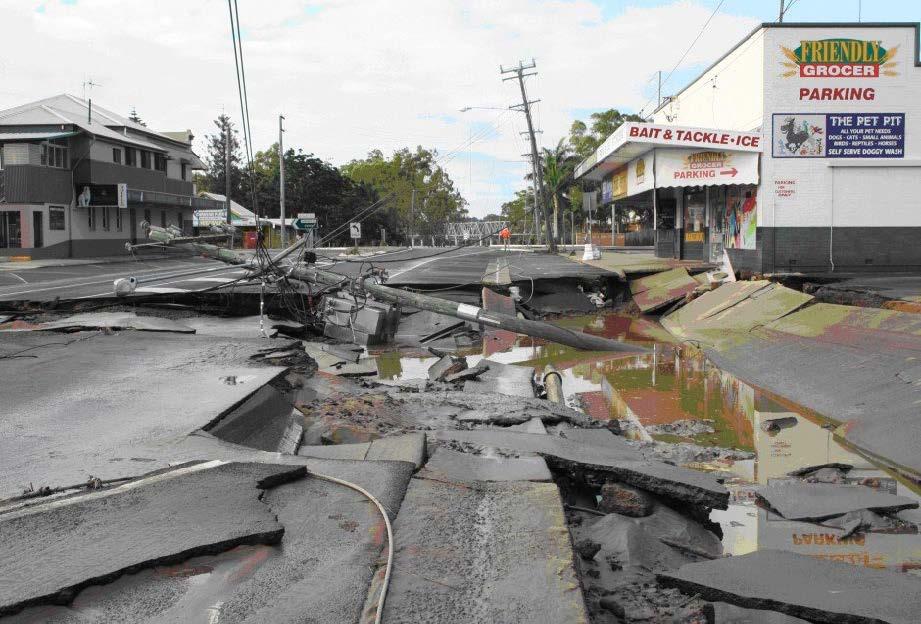
PUBLICATIONS
Published works

Disasters and economic resilience: the income effects of the Cyclone Oswald 2013 on small business owners
| Title | Disasters and economic resilience: the income effects of the Cyclone Oswald 2013 on small business owners |
| Publication Type | Report |
| Year of Publication | 2020 |
| Authors | Ulubasoglu, M |
| Document Number | 581 |
| Date Published | 06/2020 |
| Institution | Bushfire and Natural Hazards CRC |
| City | Melbourne |
| Report Number | 581 |
| Keywords | cyclone, disasters, economic resilience, income effects, small businesses |
| Abstract | "With five events in two years and the recently released Climate Commission Report that indicates our region can expect higher risk of heavy rainfall, there is a responsibility to at least identify the real cost to the community of flood events" – Mark Pitt, CEO, North Burnett Regional Council (2013) Small businesses are regarded as the backbone of Australia’s economy, forming up to 98% of Australian businesses and employing around 44% of Australia’s private sector workforce (Australian Bureau of Statistics, 2018). In some sectors like agriculture and construction, small businesses represent over 70% of all businesses (Gilfillan, 2018). Beyond employment, small businesses are integral to the social fabric of their communities, supporting local initiatives and providing important physical places for community members to socialise and engage with each other. This is especially true for regional areas with tight-knit communities. Despite their economic importance, little empirical research has been done to understand the impact of natural disasters[1] on small businesses, and the efficacy of government assistance programs in promoting their recovery. To that end, the Disasters and Economic Resilience: The income effects of Cyclone Oswald 2013 on Small Business Owners – a case study on the Burnett River Catchment Area report explores the impact of ex-Tropical Cyclone Oswald 2013 on the incomes of small business owners residing in the four Burnett River Catchment local government areas (LGAs) depicted in FIGURE 1. From 22 to 29 January 2013, Category 1 ex-tropical Cyclone Oswald moved across parts of Queensland and New South Wales, causing severe storms, flooding and tornadoes. The associated flooding and extreme weather events were declared a disaster in 53 Queensland LGAs, with the most devastating felt in the Bundaberg and North Burnett regions, damaging key infrastructure including sewerage systems and economically important assets including ports and road networks relied on by agricultural and manufacturing enterprises in the area. The record flooding in Bundaberg forced the evacuation of over 7,500 residents and damaged over 2,000 homes. Thus, the flooding events associated with Cyclone Oswald that occurred in this region present a unique opportunity to causally investigate the impacts of a major disaster on small businesses in a regional community with an important agricultural base. Isolating the effects of the floods from other shocks that hit the Burnett River catchment LGAs is challenging. The report pinpoints the income effects of Cyclone Oswald 2013 by using a difference-in-differences modelling approach. This approach compares the income changes of small business owners living in the Burnett River Catchment LGAs (treatment group) with those living in the comparable Richmond Valley LGAs in New South Wales (control group). Because of their comparability, it is the control group which provides us with the income path that would have occurred for the Burnett small business owners had the floods not happened, and thus enable us to compute any income deviations (losses or gains) arising from the associated flooding events. The report utilises the Australian Census Longitudinal Dataset (ACLD), which provides a unique opportunity to robustly examine the flood’s impacts. Our results are net results, post any disaster relief and recovery efforts; are relative to our baseline year (2011); and are compared to our control group. As the Census date allow us to explore the effects up to three years post Cyclone Oswald, we define our 2011-2016 results as medium-term results. |
| Refereed Designation | Non-Refereed |
| Full Text |
Published Works


